To Meet Ambitious Emissions Goals, Large Food Companies Are Looking to Lock Carbon in Soil
But the logistics of moving farmers in their supply chains to regenerative agriculture practices can be complicated
/https://tf-cmsv2-smithsonianmag-media.s3.amazonaws.com/filer/5f/60/5f607cd3-3ccb-450c-8898-5e9e8bb21504/wolfs_neck.jpg)
Jason Johnson, Stonyfield Organic’s farmer relationship manager, fires up the AgriCORE soil sampling tool in a pasture with sweeping views of central Maine’s rolling hillsides at Dostie Farm, an organic dairy. The auger bit whirrs as it slices through clover and grass, spiraling downward into the earth to retrieve a sample from the 650-acre (263-hectare) farm on a blustery October day.
It takes Johnson three tries to get it right, and the auger emerges from the ground, encased in a thin layer of dark soil. Leah Puro, agricultural research coordinator at Wolfe’s Neck Center for Agriculture & the Environment, scoops the soil into a tiny foil dish, then pops it into a battery-powered oven to remove its moisture before sending it to Yale University for elemental analysis, one of the most accurate methods for measuring the amount of carbon trapped in the soil. Puro slides another portion of the soil into a portable refractometer to measure the carbon content using a newer method called Quick Carbon that’s being tested as a rapid means for measuring carbon in the field.
Noting the soil’s dark color, Britt Lundgren, director of organic and sustainable agriculture at Stonyfield, says, “I bet it’s pretty good. … So, then the trick is to figure out, based on the soil type, how much more carbon it could hold and to what depth.”
Dostie is one of six dairies working with Stonyfield to hone cost-effective methods for measuring soil carbon, and tracking changes associated with farming or grazing practices, through an initiative called OpenTEAM. Eventually, Stonyfield will compensate farmers in its supply chain for storing carbon in their pastures, as part of its “science-based target,” or commitment to cut carbon emissions 30% by 2030.
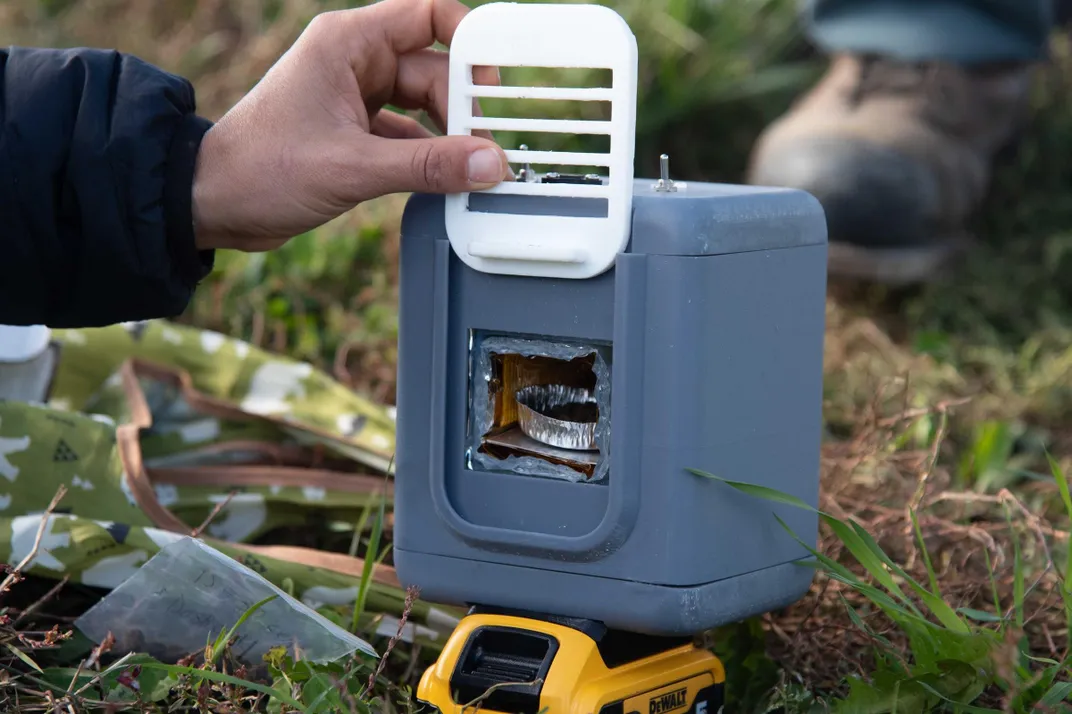
Stonyfield’s carbon reduction pledge includes shrinking its energy, waste and packaging footprints, as well, but, Lundgren says, “We know that if we focus on soil carbon alone — and if we have every farm that supplies our milk increase their soil carbon by 1 [metric] ton [1.1 tons] per acre per year — we could get to our entire science-based target with that.”
Stonyfield isn’t the only food company betting big on meeting its carbon reduction pledge by shifting its farmers toward regenerative agriculture practices that sequester carbon in soil, among other benefits. General Mills, Cargill, Danone, Walmart and others have made similar ambitious pledges, and for good reason. Like other food companies, their agricultural supply chains are responsible for a huge portion of their carbon emissions. In fact, researchers recently concluded in Science that world climate goals cannot be achieved without fundamental changes to our food system. Regenerative farming, which centers on building soil health, is one promising pathway for decreasing agriculture’s carbon footprint. But how does a large food company motivate the multitude of farmers in its supply chain to adopt farming practices that bind carbon in the soil? And how do we know that these agricultural practices are truly sequestering carbon, and for how long?
Soil Meets Climate
It’s well established that certain conservation practices, like no-tillage, cover cropping and rotational grazing, can boost the amount of carbon soil stores. But scientists are still understanding how factors like soil type, climate, previous land management practices and water availability impact just how much carbon is stored, and under what management conditions.
OpenTEAM is one of a number of science-based, collaborations that have emerged to crack these questions. The idea originated in 2015 when Stonyfield’s former parent company, Danone, asked Wolfe’s Neck Center to set up a project that would demonstrate how a dairy could become carbon net zero by improving soil health, while also figuring out how to monitor and verify that. But, “the idea morphed from a demo site that would potentially help Danone and Stonyfield to a global collaboration that could help everybody,” says Dave Herring, executive director at Wolfe’s Neck Center.

Stonyfield’s dairy suppliers form one of 20 farm “hubs” working with OpenTEAM. Midwest row crop farmers supplying General Mills and smallholder farmers in Kenya are among other farm hubs. By aggregating data from small trials around the world, OpenTEAM aims to accelerate scientific understanding of adaptive soil health management.
Agriculture and climate change experts generally view efforts to sequester carbon in agricultural supply chains as a necessary climate mitigation strategy. But they’re keeping a watchful eye on how companies carry out their commitments. Verification by third-party auditors, transparency and public reporting will be key.
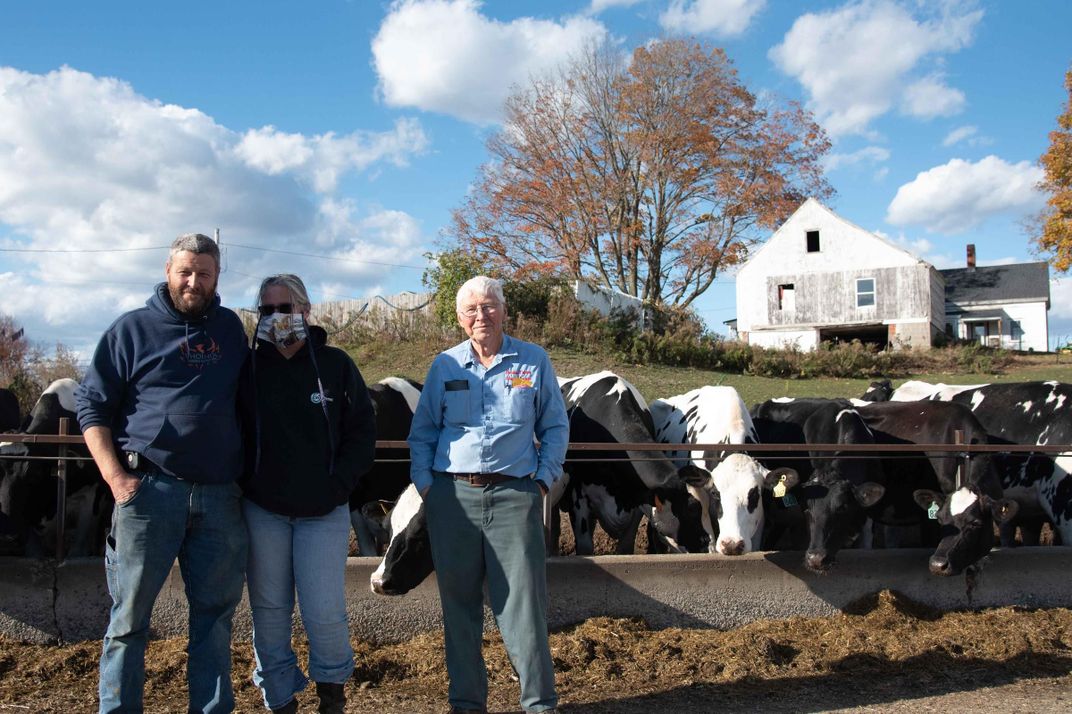
“I worry about greenwashing within this movement, and with this phrase ‘regenerative agriculture.’ It’s the sexy thing for companies to say they’re doing now,” says Arohi Sharma, policy analyst for the water, agriculture & wildlife nature program at the nonprofit Natural Resources Defense Council (NRDC), who adds she’s nevertheless “glad” that companies are making the effort.
Permanence, or the longevity, of soil carbon sequestration is also a concern, given how easily stored carbon can be released if farmers, say, plow their fields. Extreme weather like drought also impacts how much carbon soil releases.
“Regenerative agriculture is not something that will be done in three or five years, not even 10 years. It’s a lifelong commitment that farmers and ranchers are taking. I hope these companies go for the long term,” says Sharma, stressing that this approach to farming is a management philosophy that encompasses much more than carbon sequestration.
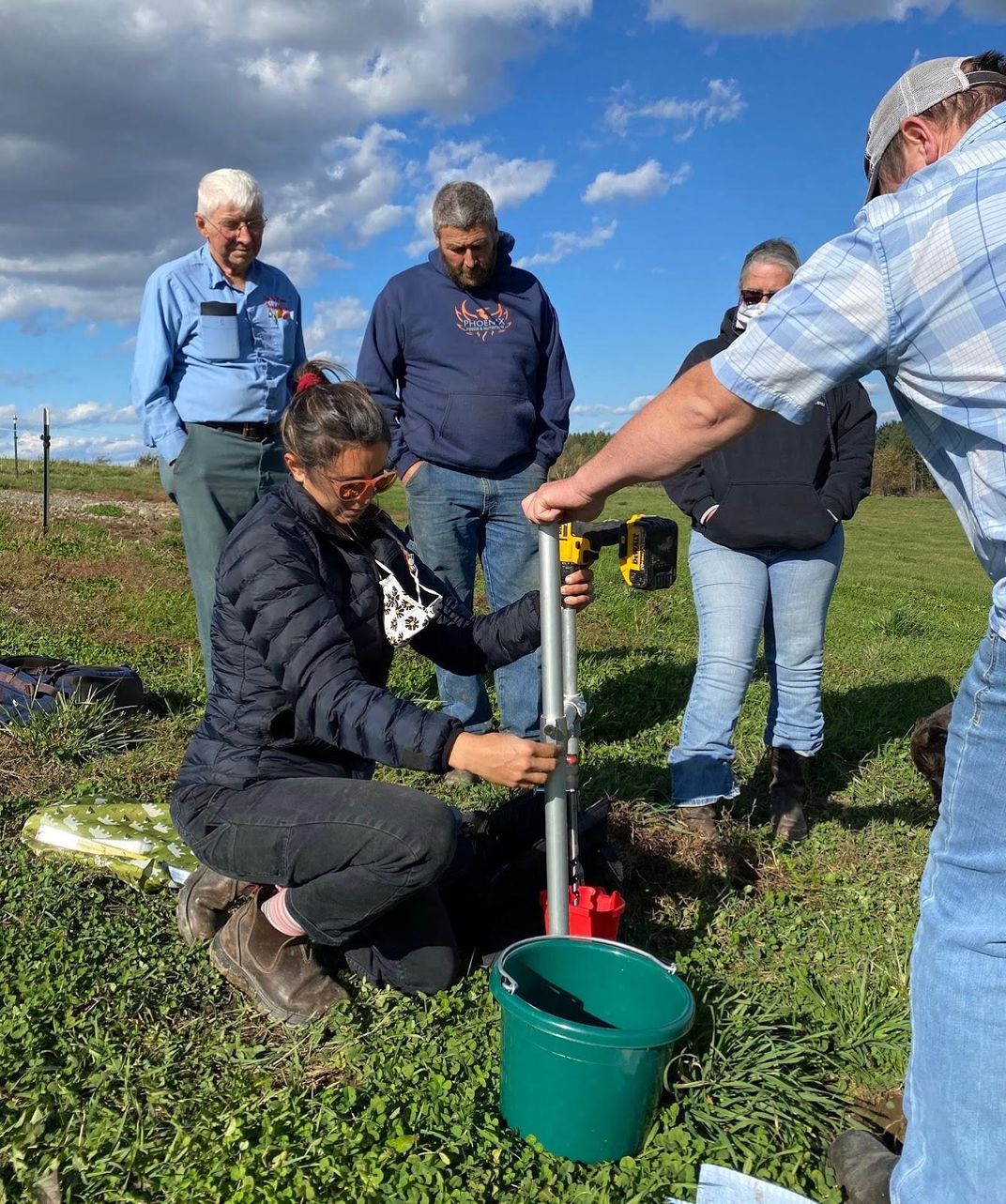
Lundgren says that Stonyfield’s commitment goes through its 2030 science-based target, and that it will verify reductions following protocols set by the Science Based Targets initiative, a partnership among the United Nations Global Compact (UNGC), World Resources Institute (WRI), the nonprofit organization CDP and the World Wide Fund for Nature (WWF), which is part of the broader coalition We Mean Business.
Permanence is “a fair question,” Lundgren says, adding, “there’s a set of things you can do to steer farmers in the right direction.” Stonyfield is relying on OpenTEAM to help resolve such sticking points. “When you combine things like remote sensing with on-the-ground record keeping and measurement you can have a continual picture of what’s happening at an efficient cost,” Lundgren says. “These solutions aren’t guaranteed to be permanent, but even so, I think they can be an important sink for carbon at a time when we need all the solutions we can get.”
Storing Carbon on Dairy Farms
Founded in 1983 as an organic farming school on a small New Hampshire farm, Stonyfield Organic now earns annual revenues of US$360 million. It sells nationally, but sources milk entirely from northeastern U.S. states. Organic Valley dairy cooperative provides the bulk of its milk, from some 218 farms. Stonyfield also buys directly from 32 farms.
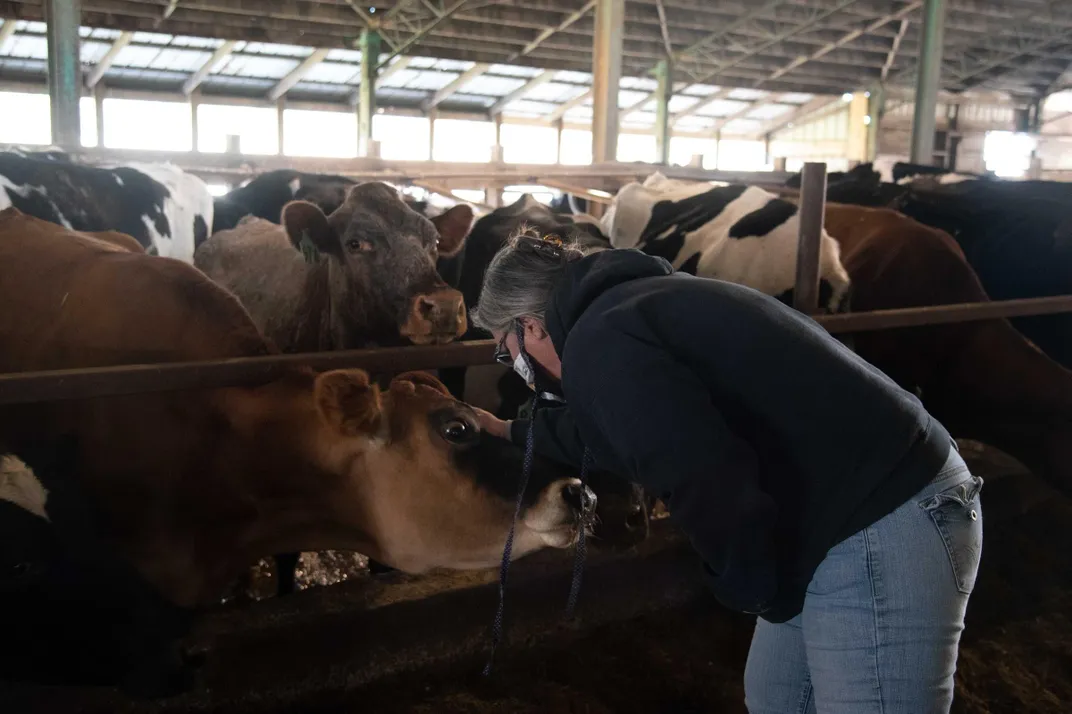
Dostie Farm is a direct supplier, although it is currently not supplying Stonyfield. Egide Dostie Jr., a fourth-generation dairy farmer, works the farm with his partner Selena Brown, his father Egide Dostie Sr., and his two teenage children. The Dosties converted to organic four years ago because “the only way we could see making a profit was going organic,” says Dostie Sr. as we walk back from the soil sampling exercise in the pasture toward the barn, where most of the dairy’s 210-cow herd is resting.
Organic certification standards require cows to graze outdoors for a minimum of 120 days per year. “It’s more enjoyable and the cows are happier,” says Egide Jr.
The Dosties supplement the grass diet with organic grain they purchase and hay they harvest. The farm’s soil carbon storage opportunities will therefore come from their rotational grazing practices and the perennial grass species they plant and harvest.
Rotating cows through different pastures allows the grass to regrow and keep roots deep in the earth, which in turn builds soil organic matter and binds carbon in the soil. The mix of grass species planted also plays a role because some species encourage more root growth and soil organic matter, according to Lundgren.
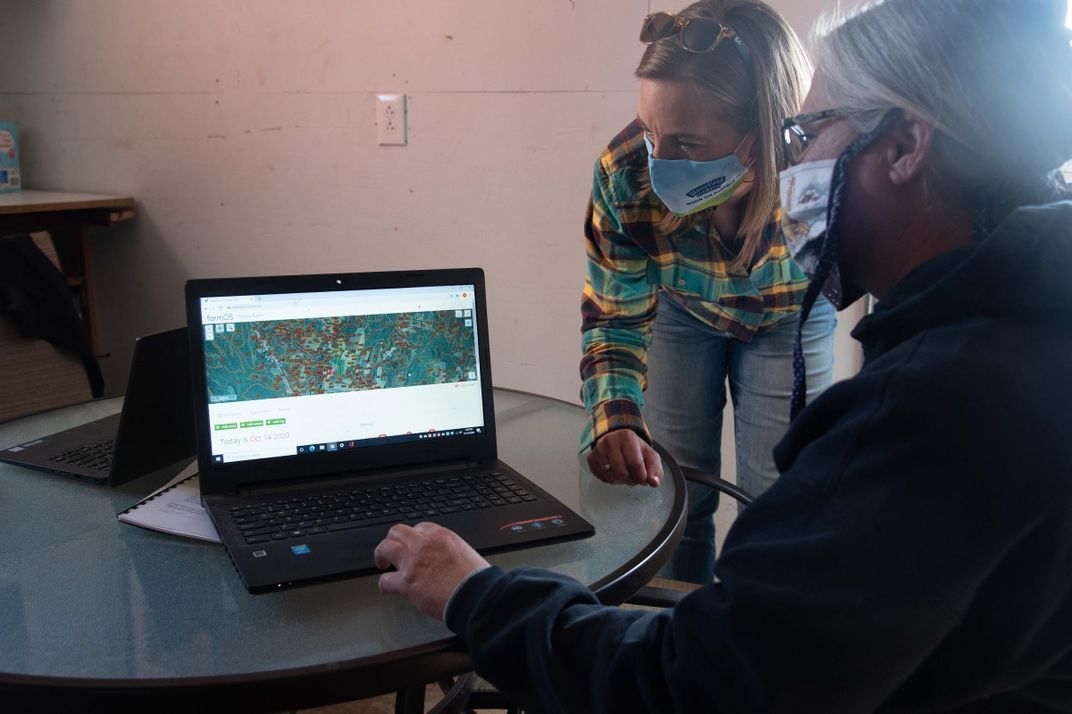
Stonyfield has been providing technical assistance to the six farms in the OpenTEAM pilot since last summer. It’s trained farmers on various software tools for tracking farm management practices and soil health that they’ll need to master to receive carbon payments.
Inside a makeshift office in the farm’s garage, Brown clicks through tabs on a laptop computer, demonstrating her facility with one such software tool, farmOS, which allows for spatial representation of daily farm records, including grass heights in pastures before and after grazing. “You can see [the cows] went in at 14 inches [36 centimeters], and it went down to 9 [23], here in Paddock C,” she says, pointing to the screen.
Eventually those data will be linked with soil carbon measurements and information on soil type, to provide feedback on how the Dosties’ pasture management activities are impacting the carbon in their soils. The soil carbon data eventually will be verified by an independent auditor.
Getting farmers up to speed on the tools has taken time and effort, and eventually Stonyfield will need to roll out the system to hundreds of suppliers. Once baseline carbon levels are established, farmers will need further technical assistance to adopt pasture management practices that increase carbon storage.
Technical Assistance Challenges
Providing such technical assistance is a big lift for a team of one, says Lundgren, but even so, Stonyfield has it relatively easy compared to larger food companies with suppliers around the world, growing different crops in different farming systems and growing regions.
“Companies are finding that reaching out to farmers to build relationships in their sourcing regions is very costly and not in their skill set,” says Debbie Reed, executive director of Ecosystem Services Market Consortium (ESMC), a nonprofit organization working with a dozen large food companies, researchers and others, including OpenTEAM, to develop a voluntary market for soil carbon and other ecosystem services.
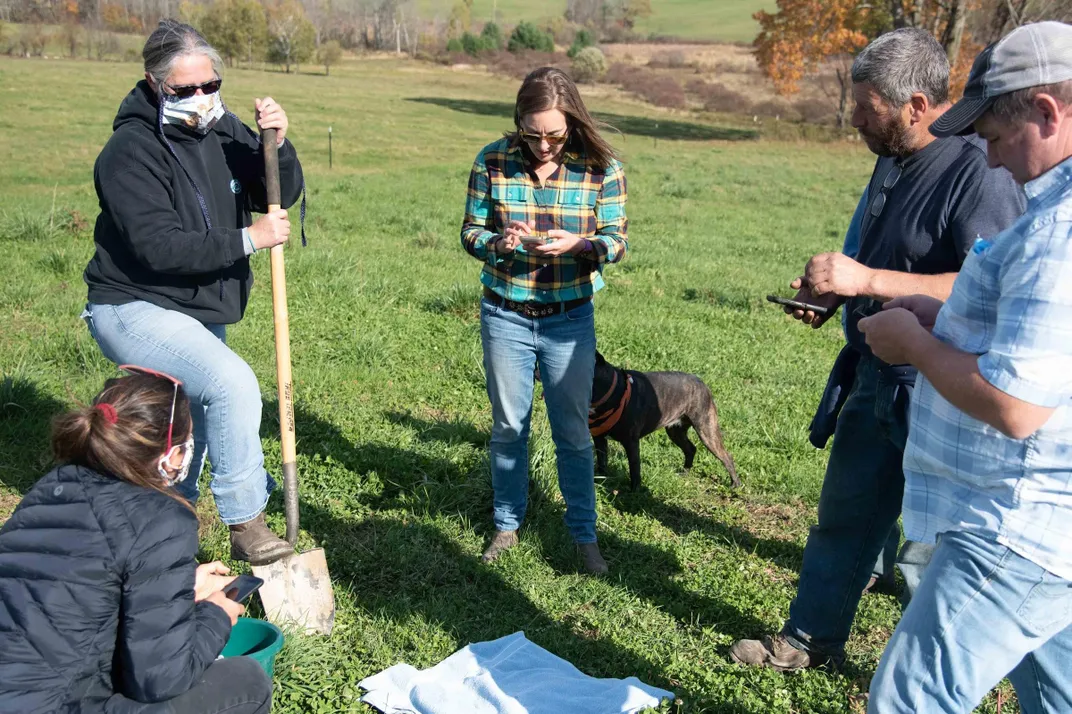
“The technical assistance piece is what most companies are really struggling with,” she adds. “Food companies are looking to nonprofit groups with boots on the ground.”
Take General Mills, which set a goal of converting 1 million acres (405,000 hectares) in its supply chain to regenerative farming practices to help cut its carbon footprint 30% by 2030, and to net zero by 2050. That goal covers about 20% to 25% of its massive global supply chain, according to Jay Watson, sourcing sustainability engagement manager at General Mills.
General Mills is running three regenerative agriculture pilots now, one with 45 row-crop producers in the U.S. and Canada’s northern plains, a similar program with 24 farmers in the southern plains, and a program with three dairies in Michigan.
The company collaborates with ESMC and OpenTEAM, and provides technical assistance through trainings in partnership with the nonprofit Soil Health Academy. General Mills also offers a three-year, one-on-one coaching program to producers in its pilots, and fosters a peer-to-peer system for learning among producers, according to Watson.
The approach is “very much about accelerating development of local know-how in these places and measuring the impact of different approaches to farm management in these systems,” says Watson. But it’s expensive, and at the end of the three-year pilots, General Mills will develop case studies specific to growing regions and crops that other farmers in its supply chain could learn from.
“We’re one of many players needed in this space to really advance the overall movement,” says Watson. “We’re trying to find those partners, and even peers and competitors, and say, ‘How do we work together?’”
Who Rewards Farmers?
One of the trickiest problems to solve is how to incentivize farmers to adopt new practices.
As Reed explains, “If you think that undertaking a new practice or systems approach is going to reduce your yield, are you going to do it?” What’s more, Reed says, “we don’t have good economic data on the costs of changing to different systems, and the potential benefits of having done that.”
Another challenge is that carbon markets pay after the work is done, not upfront. Companies are exploring different models for compensating farmers, says Reed. Some share costs, such as for the purchase of cover crop seed. Others offer a long-term contract and commit to pay the cost differential if yields drop. “Over time we’ll see which ones move the needle the most,” Reed says.
Lundgren is wrestling now with how to structure Stonyfield’s incentive program so that it has enough funding to motivate its farmers to participate and eventually change practices, while weighing the cumulative cost to the company if all 250 farms participate. “Can you justify those things, or are there other market participants, like Microsoft or Google, that want to buy land-based [carbon] credits, that we should be connecting to our farmers?” she asks. In other words, Lundgren is grappling with whether to pay farmers directly or connect them to soil carbon markets where companies with corporate climate commitments look to buy carbon offsets.
Meanwhile, the preliminary soil results for Dostie Farm came back at 2.17% carbon content at 15 centimeters (6 inches) depth and 1.67% at 30 centimeters (12 inches). That leaves a lot of room for growth, says Lundgren, because optimal levels for pasture are 8% to 9%.
Lundgren is not ready to make recommendations, however, because she wants to see more samples from other parts of the farm. Ultimately, she expects the farmers supplying Stonyfield to consult with a pasture management expert.
With all of the work remaining to get Stonyfield’s incentive program up and running, it will be another year before dairy farms can start participating.

